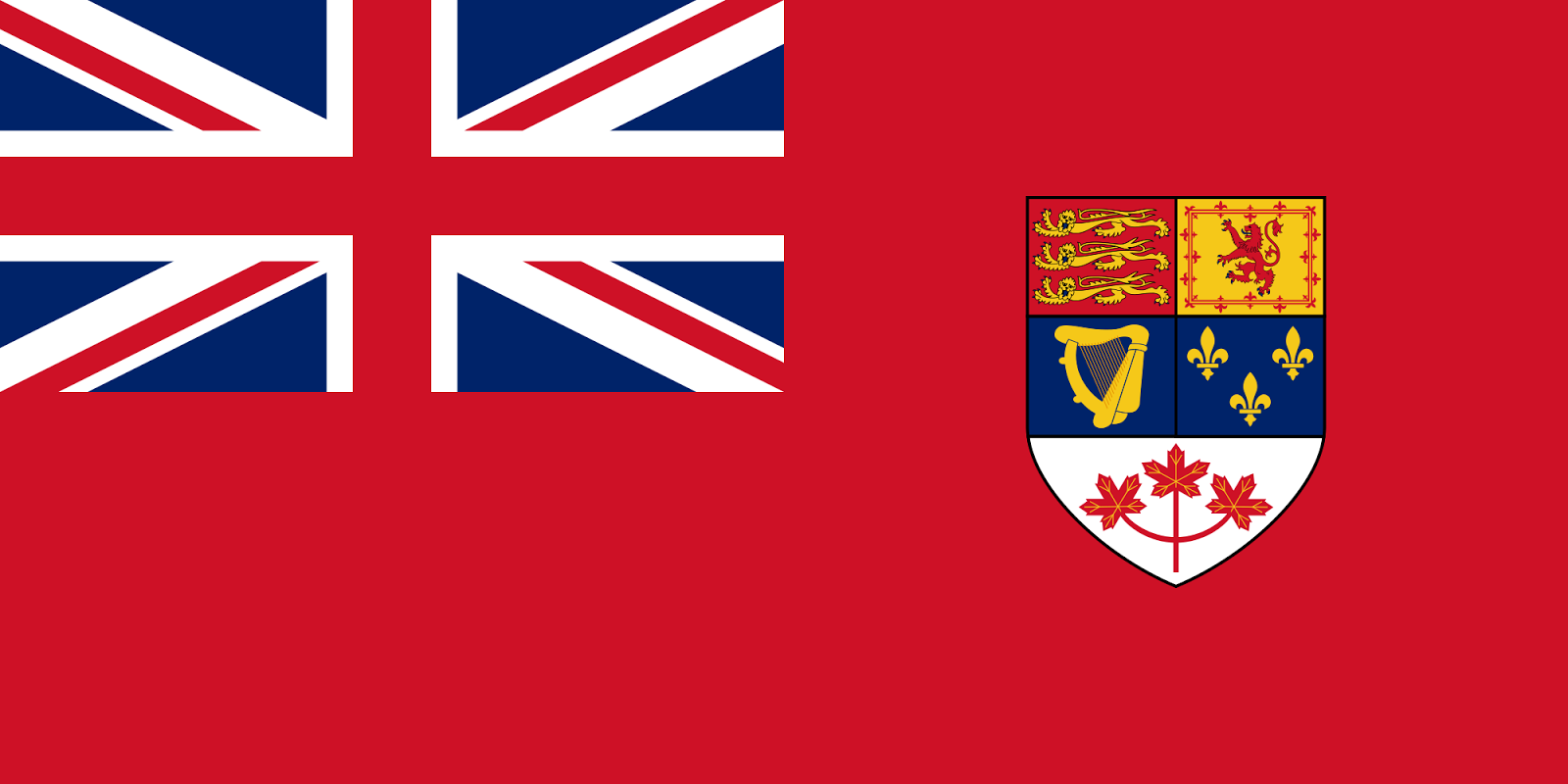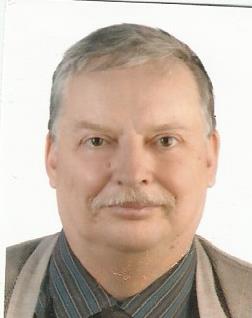 |
| The 2005 Washington First Nations take the field. |
And this only in the Canadian context. Never mind that the concept of “indigenous” becomes wholly inconsistent beyond the borders of North America and Australasia. But using the correct terms has apparently become a big deal. When you're oppressed, little things become important. Like peas under the mattress.
So I guess “redskins” is completely out, then?
I'm not entirely sure why. But any reference at all to Indians in the names of sports teams is now considered offensive. Yet nobody has a problem with the Queen's Golden Gaels, the Montreal Canadiens, the Vancouver Canucks, or the Notre Dame Fighting Irish.
To my mind, nothing could be more offensive than the claim that a common name for an ethnicity, not itself pejorative in its literal meaning, is “offensive.” Especially when it was considered inoffensive when first coined. That is, in the end, a profession of faith that there is something offensive about being a member of that group in itself.
If that is the problem, changing words will do nothing. Over time, the new word will just gain all the associations of the old. Once, it was most polite to say “coloured.” Soon that sounded pejorative, and you had to say “negro.” Then that started to sound offensive, and thoughtful people said “black.” Then that sounded rude, and you started to say “African American.” Something else will come along soon; we are just dogs chasing our tails. There is nothing wrong with any of those terms.
Odd that “redskin” and “black” are now both considered offensive, yet nobody complains about “white.” Similarly, one can say “Caucasian,” but not “Mongoloid” or “Negroid”; “Brit” or “Yank” or “Canuck,” but not “nigger” or “Paki.” McGill University has been able to preserve the traditional name of their sports teams, the “Redmen,” because they were able to convince the public that the original “red men” referred to were not American Indians, but Scots, because of their red hair. So apparently it is okay. Scots deserve whatever they get.
 |
| McGill Redman. |
“Redskin” was apparently originally coined by Indians themselves to describe their racial group, in distinction to the white skins and black skins of their fellow Americans. Granted, their skin is not really red. My skin is not really white. Barack Obama's skin is not really black. A certain amount of poetic license seems to be allowed here. The term was later adopted by the French, and finally the English (http://anthropology.si.edu/goddard/redskin.pdf). It is actually a useful generic term, to refer to American Indians as a group.
Nevertheless, to use the term “redskin” would now seem deliberately provocative. In any case, it is an informal term, in English, not the standard one. That would be “Indian.”
Almost nobody in Canada uses “Indian” any more. This is a bit unfortunate, because in Canada “Indian” has a legal definition, thanks to the “Indian Act,” and none of the alternative terms do. There is, again, nothing in the term itself that is pejorative or insulting. If it were, we would be equally concerned about using it to refer to natives of the Indian subcontinent. The objection can only be that it is inaccurate. At first glance, it preserves a geographical error on the part of Columbus and the early European explorers, the notion that they had reached India.
Granted, we see no similar problem with the geographical designation “West Indies.” But in that case, the addition of the qualifier “west” might make all the difference.
Yet objecting to “Indian” on these grounds still seems a bit of a quibble, if not a modern misconception. When Columbus and the first Europeans visited the Americas, there was no country called “India.” My grandparents' atlas, only a couple of generations old, clearly marked the large pink British South Asian possession as “Hindoostan.”
So there was no question of Columbus thinking mistakenly that these people were “Indians” in the modern sense, residents of that land mass squeezed between Pakistan and Myanmar, Nepal and Sri Lanka. He need not have supposed he had reached Chennai. In Columbus's day, and until quite recently, “India” was any place east of the Indus River from the perspective of Europe; and “Indians” were any people who lived there. Until it got its own name from a Spanish king, inhabitants of the Philippines were also called “Indians.” When Hermann Hesse sailed to “India” in 1911, documenting the trip for a German audience, his ports of call were Penang, Singapore, and Borneo. In practical terms, the word until recent times meant little more than “non-Europeans.”
Granted, it is a bit of a stretch to us to see North America as to the east of the Indus River. But here again, the ground has shifted beneath us all since Columbus lost his sea legs. If you accept the fiction of the Greenwich meridian being the centre of the world, zero degrees longitude, and determine East and West from there, it is true, the Indians of North America are West, not East, of Europe. The map as based on Greenwich divides neatly down the middle of the Pacific Ocean. However, the world is round—you would have thought Columbus had proven that--and so any designation of west and east is ultimately arbitrary. On top of that, the Greenwich meridian was not proposed until 1831. If you sail east from Europe, passing the Indus River on the way, you will indeed eventually arrive at North America. It is to the east of the Indus River. Very far east. But not so far that the Spanish did not administer the Philippines from their regional capital in Mexico.
So what might look like a misnomer in modern context, was a reasonable term when first applied.
Granted, there is some awkward ambiguity since the creation of the state of India. But that, after all, came later.
“Indian” is still generally acceptable in the US. But here in Canada, where we have fewer natural antibodies to the PC virus, it has been mostly supplanted by “First Nations.”
This is, for several reasons, a worse term.
First, the Indian tribes are not “nations.” Oxford defines nation as “a large aggregate of people united by common descent, history, culture, or language, inhabiting a particular country or territory.” Webster's 1913 (before current political correctness could creep into the definitions) gives “the body of inhabitants of a country, united under an independent government of their own.”
Neither definition applies here. Indian “nations” are usually only a few thousand people or less; and that is after a population explosion in recent years. There were fewer Indians at the time of treaty signing. Most Indian reserves in Canada even today have fewer than a thousand residents. Whether they ever occupied a particular territory for any long period or in a meaningful sense is, as noted in a previous chapter, debatable. They are all subject to the Canadian government, and before that the French and British, not independent. It would, after all, be absurd for a group of a few thousand people to be sovereign. They are not self-supporting, either, but rely on continued heavy subsidies from outside. Recent dictionaries may give “Indian tribe” as an alternative definition of “nation”; this is under the influence of the modern political correctness we are challenging. Even here, it is given as a second, separate meaning; it would be grossly misleading to suggest that Indian bands are “nations” in the same sense of the word as is Germany or Spain.
To use the term is to attempt to avoid the debate: it simply asserts that the Indian group has a claim to territory, and to its own government. This we ought not to allow without examining the premises. Otherwise, I might simply define myself as king of Portugal, and it would be so.
In Guns, Germs, and Steel, Jared Diamond makes a useful anthropological distinction. He gives four levels of social organization, from least to most complex: band, tribe, chiefdom, and state (which I think we can take to at least approach our “nation”). Bands, generally one extended family, have typical populations of dozens. Peace is kept with little supervision or direction from above, because everybody not only knows one another, but is related. No government is necessary. Tribes, also kinship based, can be hundreds of people. Still, peace can be maintained organically, because everybody knows one another well. Chiefdoms group thousands (Diamond, loc. 628-9). They require a strong leader and an incipient bureaucracy, because members can be relative strangers. As groups grow larger, you need a more developed social organization, a stronger government, to keep social order. Accordingly, a state or nation is a very different beast from a band or tribe.
The various Indian or Inuit groups in Canada all fall within the lower range in terms of size and social organization: they are bands, tribes, or chiefdoms. None are nations. The Iroquois, with an on-reserve population in the tens of thousands, come closest. They also have the strongest social organization of any Canadian tribe, the celebrated Six Nations Confederacy.
The term “First Nations” emerged in the 1980s, and seems to have been a deliberate response to the idea that Canada was composed of “two founding nations,” anglophone and francophone. This is no doubt why the term never gained currency in the US. If this is so, the intent from the outset was to deceive. “First Nations” would then consciously set up the various tiny Indian bands or tribes as equivalent in significance, organization, and strength to France or Britain. This is using the term “nation” in two very different senses as if they were the same. It is like saying apples are identical to oranges.
Or rather, it seems to set up the various Indian bands and tribes as having priority over Britain and France. There is that qualifying term “First.” If it is merely a chronological assertion, it is debatable, but not offensive. However, “First” also carries a connotation of “best.” One comes first in class. In the US, the “First Lady” is the president's wife. If this were not intended, “Earliest Nations,” or rather, “Early Tribes,” would have been better. If it is intended, it is offensive.
So let's discard “First Nations.” How about the often-heard alternative “Native Peoples”?
Unfortunately, this is almost as bad. It is literally untrue. Anyone born in Canada, by proper definition, is a “native person.” I am a native Canadian. In a nation still accepting a large number of immigrants, that is a useful distinction, and ought not to be confused. Moreover, none of the aboriginal groups is “native” in any deeper sense. All originally came from somewhere else. To the extent that they developed a distinct culture while in Canada, so has Canada. “Aboriginal” and “indigenous” have similar problems: no people outside of Africa, if any there, are either indigenous or aboriginal.
An alternative now gaining in popularity is to refer to the different Indian cultural groups individually by name, rather than using any generic term. Officially, this is better because the different Indian cultures were distinct, not all one thing. Not only were the Algonquins' languages, so far as we can tell, linguistically unrelated to the Iroquois'; the two were mortal enemies. Calling them all “Indians” is like calling all Europeans “Europeans.”
Except that we do that. But they are Europeans. They deserve whatever they get.
Unofficially, this approach of using individual tribe designations probably appeals for the same reason all this politically correct language appeals, but to a much greater degree: showing you know the terminology marks you off as well-educated and in attendance at all the right cocktail parties. A member of the upper class. Ironically, not someone who is likely to be seen rubbing shoulders with an ordinary Sarcee.
At the same time, needing to know many more individual terms means you need to spend more time studying, providing more employment for highly-paid experts. Of course the experts approve.
But there is a problem with this approach as well.
For most Indian groups, we have a choice of two names: either the name they call themselves, or the name their neighbours apply to them.
Let's start with the latter; it is the most common case. Historically, we non-Indians were usually first introduced to a new Indian cultural group through interviews with their near neighbours already contacted. So our familiar, traditional name for them is usually from their neighbours' language.
Bad luck: the term used by their neighbours most often enshrines a pejorative. The Indians did not know enough of future politics to be politically correct. Moreover, in most cases, they were at constant genocidal war with most nearby tribes, so tolerance and fellow-feeling was not in great supply. “Iroquois,” for example, is the Algonquin for “snake.” This was probably not meant as a compliment. “Slave” is a translation of the Cree name for their neighbours in the Mackenzie Valley. The term was descriptive and practical: this was the prime use the Cree had for them. “Blood” Indians were given that name with the intended meaning “bloodthirsty.” “Sarcee” means “stubborn.”
“Ojibwe” is less offensive. It means, in Cree, “people who stammer.” That is, people who do not speak proper Cree. It is cognate to the Greek term “barbarian”: unlearned frontier peoples who just make sounds like birds (“bar, bar”) instead of speaking good Greek. “Barbarian,” however, is not generally considered an enlightened term to use.
Ironically, one well-known name given by nearby tribes is not pejorative: the much-derided term “Eskimo.” Contrary to urban legend, it simply means, in the Cree language, “a person who laces a snow shoe.” Yet, based on a false etymology that it means “cannibal,” this is the one everyone “knows” is insulting, and avoids using.
Becoming aware of this problem, enlightened social justice warriors have increasingly come to use instead the terms the various Indian cultures use for themselves. The recent protesters over the proposed sculpture park at Wilfrid Laurier University honouring Canadian prime ministers, for example, objected that it was being built “on land that traditionally belongs to the … Anishnaube and Haudenausanee peoples...” That's Algonquin and Iroquois, to the uninitiated.
So why not the alternative? Why not use the terms these groups use among themselves? After all, isn't it better to use the names people prefer for themselves, instead of imposing our own names on them?
That, after all, is why we call the Germans “Deutsch,” or the Greeks “Ellinika,” Right?
Or not. The courtesy only extends, it appears, to non-Europeans.
This approach, however, has the notable advantage of requiring the unwashed to learn a whole new terminology introduced only over the last few years, so as not to appear out of it. Anything they learned back in high school will no longer serve. “Slave” becomes “Dene,” “Montagnais” becomes “Innu,” “Eskimo” becomes “Inuit,” and so forth.
 |
| Human beings, Davis Inlet, 1903. |
But we still have a problem. What do these terms actually mean? “Dene,” in the Dene language, literally means “people,” “human beings.” So does “Micmac”—the new spelling “Mi'kmaq” is unjustifiable, as the original “Micmac” accurately reflects the sounds in English, and the original language, having no traditional writing system, has no traditional orthography. Not that there would be any reason for Micmac orthography to influence English. “Innu” also means “human.” So does “Haida.” So does “Inuit.” “Anishinaabe,” the Algonquin term for Algonquins, is a bit more specific. It means “good people.”
This might strike you as merely quaint. But it is a good deal less innocent than that. If you refer to your own cultural group as “humans,” there is the necessary implication that anyone not of your own group is not human. Forget, then, human rights. You owe them no consideration, any more than you do any other animal. You may kill them on sight, steal their horses, torture them, take their land, exterminate them, eat them if you are hungry. It is the same gambit used by the Nazis, referring to their own racial group as Aryans, and non-members as “untermenschen,” “subhuman.”
This is a rather unfortunate attitude towards their fellow-Canadians to encourage and endorse with our own choice of language. Particularly if we are not ourselves Dene, or Inuit, or Haida.
So let us be clear: from this point onward, this blog will freely use the terms “Indian,” or “Eskimo.” This is not because we have never been to the right schools, or invited to the best cocktail parties. Although perhaps we have not. It is because they are the most politically neutral, least prejudiced terms. It is because we consider ourselves, too, human.














No comments:
Post a Comment